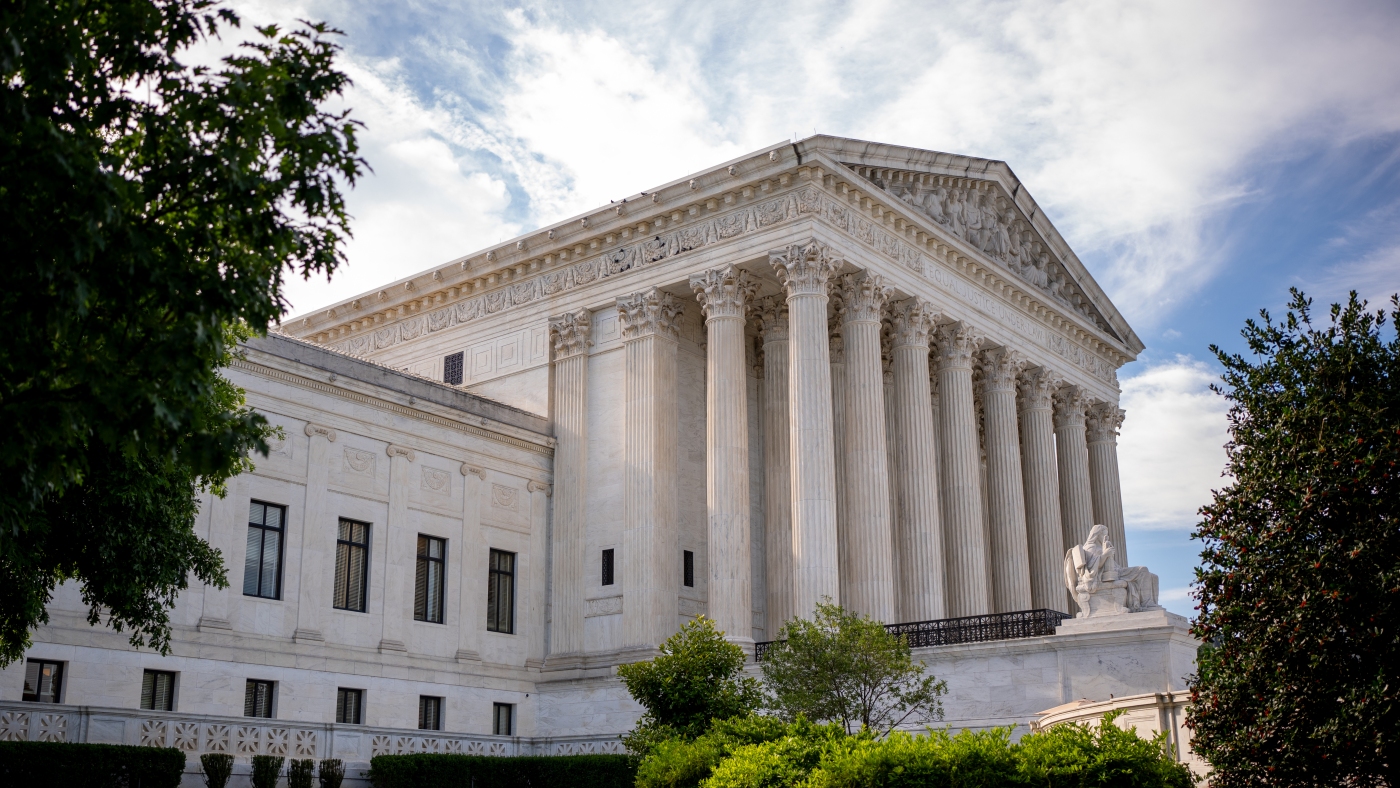The Supreme Court’s Decision on Transgender Military Service
In early 2019, the U.S. Supreme Court’s decision to permit the Trump administration to implement a ban on transgender individuals serving in the military ignited a firestorm of debate and controversy. This ruling, with its wide-ranging implications, demands a thorough examination of its background, legal proceedings, the Supreme Court’s rationale, and its broader impact on both the military and the LGBTQ+ community.
The Genesis of the Transgender Military Ban
The ban on transgender individuals in the military was first publicly announced by President Donald Trump in a series of tweets in July 2017. This policy, which underwent several revisions, maintained a consistent core principle: transgender individuals would be prohibited from serving in the military. The Trump administration justified this ban with concerns about military readiness, unit cohesion, and the financial burden of healthcare costs associated with transgender service members.
The Legal Battleground
The ban faced swift legal challenges, with lower courts issuing injunctions to prevent its implementation. These courts argued that the ban was unconstitutional and discriminatory. For instance, the U.S. Court of Appeals for the 9th Circuit refused to grant the Trump administration emergency relief, allowing the injunctions to remain in effect. This legal tug-of-war continued until the Supreme Court stepped in.
The Supreme Court’s Pivotal Decision
In a landmark decision, the Supreme Court allowed the Trump administration to enforce the ban while legal challenges persisted. The court, in a narrow 5-to-4 vote, lifted the injunctions imposed by lower courts, effectively permitting the ban to take effect. The justices’ decision hinged on the principle of deferring to the military’s judgment on matters of military policy.
The Majority’s Perspective
The majority opinion, written by Justice Samuel Alito, underscored the court’s long-standing tradition of deferring to the military’s expertise in personnel policy matters. The justices argued that the ban did not infringe upon constitutional rights and that the military had the authority to establish its own policies. This deference is grounded in the recognition that the military’s unique needs and requirements often necessitate different standards than those applied to civilian life.
The Dissenting Justices’ Stance
The dissenting justices, including the court’s liberal wing, contended that the ban was unconstitutional and discriminatory. They argued that the ban violated the Fifth Amendment’s due process clause and the equal protection principles enshrined in the Constitution. The dissenters also pointed out that the ban was based on arbitrary and unproven assumptions about the capabilities and contributions of transgender individuals.
Impact on the Military and LGBTQ+ Community
The Supreme Court’s decision has profound implications for both the military and the LGBTQ+ community. For the military, the ban means that transgender individuals will be barred from serving openly, potentially affecting recruitment and retention efforts. The decision also sends a strong message about the military’s stance on diversity and inclusion.
For the LGBTQ+ community, the ban represents a significant setback in the ongoing struggle for equal rights and recognition. The decision highlights the persistent challenges faced by transgender individuals in achieving full equality under the law. The ban also underscores the broader debate about the role of the military in society and the balance between military needs and constitutional rights.
The Broader Legal and Social Landscape
The Supreme Court’s decision on the transgender military ban is part of a larger conversation about the role of the military in society and the balance between military needs and constitutional rights. The decision raises questions about the court’s role in reviewing military policies and the extent to which the court should defer to the military’s expertise.
The decision also has implications for future legal challenges to military policies. The court’s deference to the military’s judgment in this case could set a precedent for future cases, potentially making it more difficult for individuals to challenge military policies on constitutional grounds.
The Path Forward
The Supreme Court’s decision to allow the Trump administration to enforce the ban on transgender military service is a complex and controversial issue. While the court’s deference to the military’s expertise is rooted in long-standing principles, the decision also raises important questions about equality, diversity, and constitutional rights. As the legal challenges continue, it is crucial to engage in ongoing dialogue and debate about these issues, ensuring that the voices of all stakeholders are heard and considered. The future of transgender military service and the broader struggle for LGBTQ+ rights hang in the balance, and the outcome will shape the military and society for years to come.
Conclusion: A Call for Continued Dialogue and Action
The Supreme Court’s decision on the transgender military ban is a pivotal moment that demands reflection and action. It underscores the need for continued dialogue and debate about equality, diversity, and the role of the military in society. As the legal battles persist, it is essential to advocate for policies that respect the rights and contributions of all individuals, regardless of their gender identity. The future of transgender military service and the broader struggle for LGBTQ+ rights will be shaped by our collective efforts to promote inclusivity and equality. The outcome of this struggle will not only impact the military but will also resonate deeply within society, setting the stage for a more inclusive and just future.

